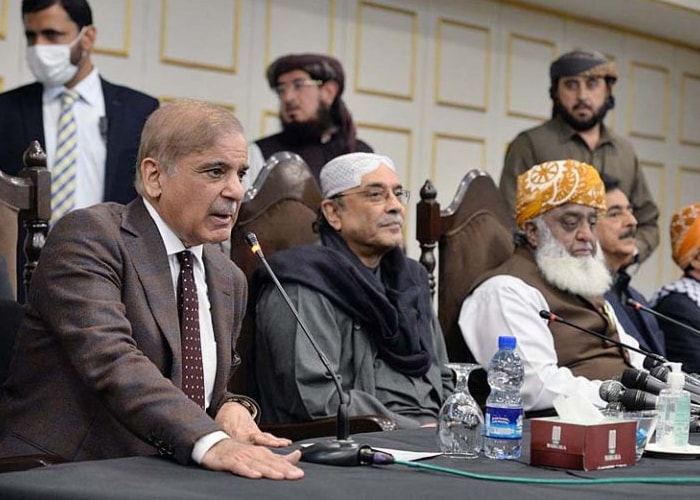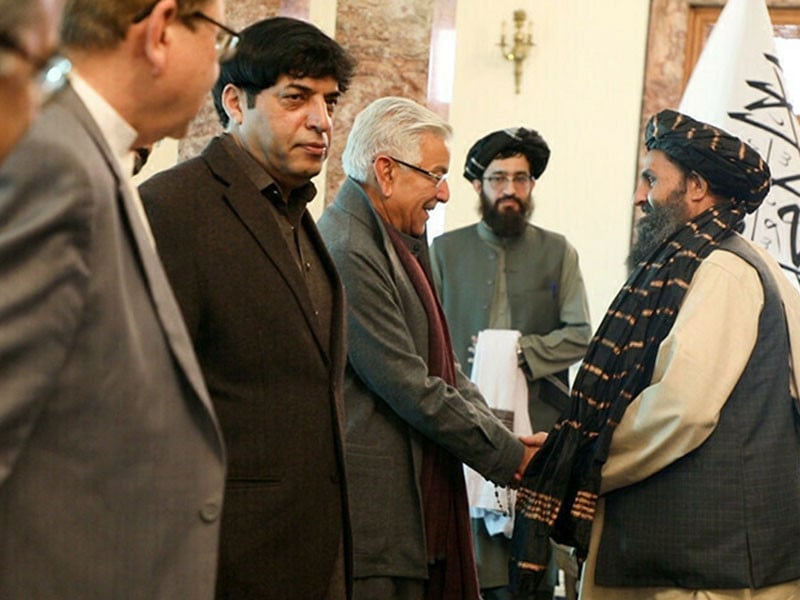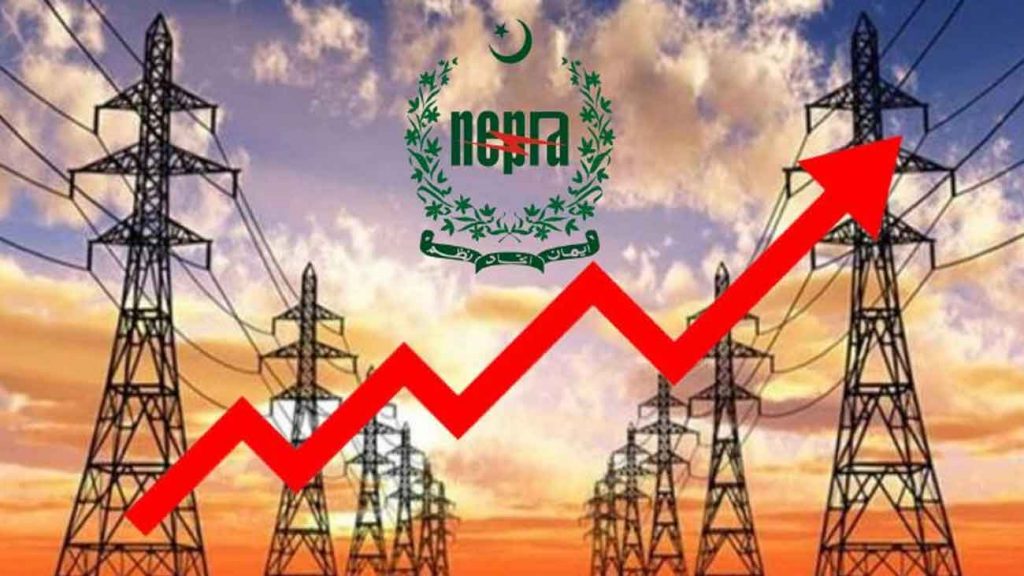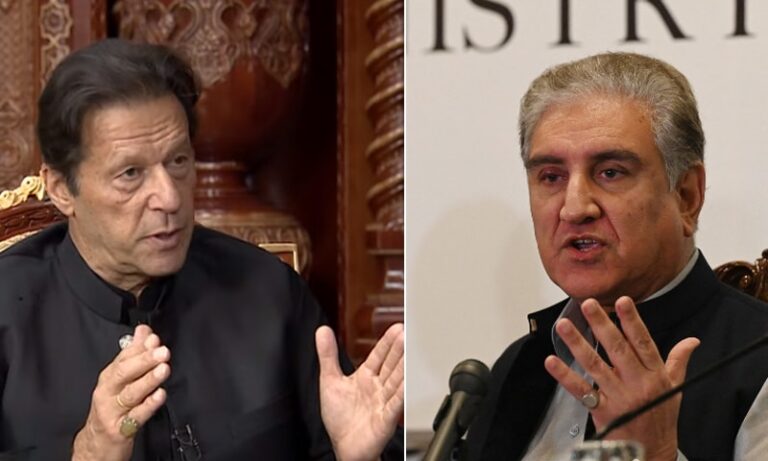Whether a coalition government performs better or worse than a single-party government is a complex question with no simple answer. Both systems have advantages and disadvantages, and their effectiveness depends on various factors, including the specific context, the parties involved, and the leadership’s capabilities. Reaching consensus between multiple parties can be time-consuming and lead to watered-down policies, hindering quick action. Compromises may sacrifice the ideological purity of individual parties, potentially alienating their core supporters.
Coalitions are inherently fragile, vulnerable to internal disagreements and defections, which can lead to government instability and early elections. This can disrupt long-term planning and policy implementation.
Complex power-sharing arrangements can create a lack of clear accountability, making it difficult to identify who is responsible for successes and failures. This can also fuel allegations of corruption or backroom deals. Different parties with contrasting ideologies may struggle to maintain a consistent policy direction, leading to confusion and unpredictability for businesses and citizens.
However, coalition governments also have a few positives. Coalitions can offer a broader representation of diverse societal interests, fostering inclusivity and potentially reducing political polarization. This can lead to more balanced and nuanced policies. The need to compromise can moderate extreme agendas, leading to more pragmatic and centrist policies that appeal to a wider range of voters. This can contribute to political stability and social cohesion. Coalitions can potentially create a more skilled and competent government by drawing on the expertise of multiple parties, particularly in areas requiring diverse perspectives. In divided societies, a coalition government formed by major parties can achieve greater legitimacy than a single-party government, promoting political stability and preventing power struggles.
Measuring the performance of a government is complex and involves various factors beyond its structure. Studies haven’t conclusively shown that either system consistently outperforms the other. Several factors influence a government’s effectiveness, including the quality of leadership, economic conditions, and the nature of challenges faced.
Ultimately, the success of a government, whether single-party or coalition, hinges on its ability to deliver on its promises, manage resources effectively, and address the needs of its citizens.
There’s no one-size-fits-all answer to whether coalitions perform better than single-party governments. Both have inherent advantages and disadvantages, and their effectiveness depends on various contextual factors. Choosing the right system depends on the specific needs and circumstances of a country and its people.
Amid rigged election allegations, Pakistan is forming another coalition government. The previous PDM government is reloading as PDM-2. Let’s see how it works for Pakistan’s political, social, and economic stability.
Please, subscribe to the YouTube channel of republicpolicy.com

















































